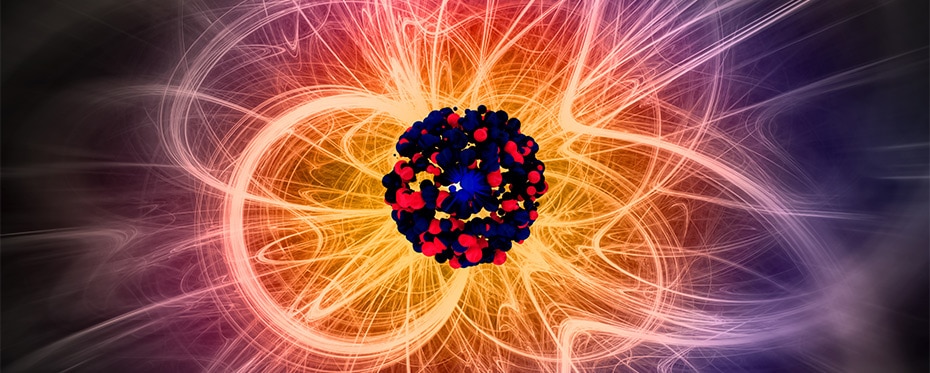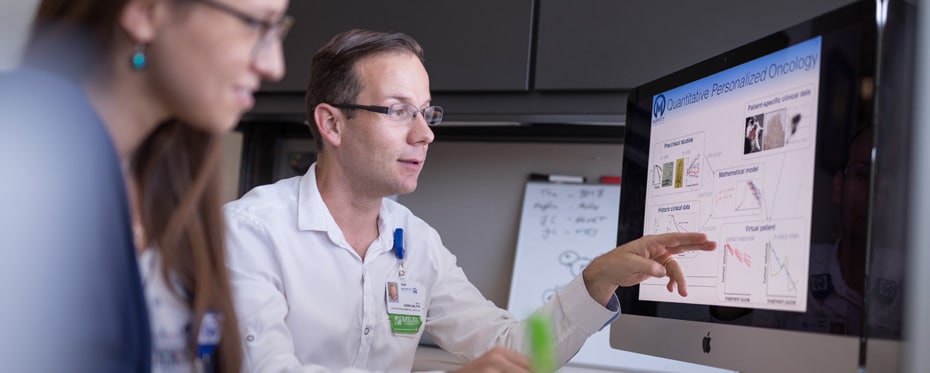Tag: radiation
Rethinking a tenet of cancer risk assessment for low radiation doses

Science isn’t perfect, but it does theoretically correct itself, and in the process even overturns keystones to fields of knowledge. However, such shifts don’t occur without pushback, especially from individuals and organisations with something to protect. The Health Physics Society, which is dedicated to radiation safety, produced a documentary that exposes a history of scientific errors, profound bias, professional self-interest, […]
Read More… from Rethinking a tenet of cancer risk assessment for low radiation doses
Atmospheric species and their effect on solar radiation and our health

Our atmosphere is a giant chemical reactor that helps keep us safe from the potentially damaging and warming effects of solar radiation. It consists of a hugely complex mixture of atmospheric liquids, gases, and particles with constantly varying compositions. Professor Jianhui Bai at the Chinese Academy of Sciences and Professor Rui Chen at the Beijing Academy of Science and Technology […]
Read More… from Atmospheric species and their effect on solar radiation and our health
Amino acids bombarded with ionising radiation – what breaks first?

Ionising radiation, including high-energy electrons, is usually something best avoided. However, nuclear accidents and even medical tools mean that human tissue is occasionally exposed to it. After the ‘Atomic Age’ of the mid-1900s, understanding the effect of radiation on the human body has been recognised as of paramount importance. Dr Jelena Tamuliene’s most recent research at Vilnius University is into […]
Read More… from Amino acids bombarded with ionising radiation – what breaks first?
Towards a quantitative personalised oncology

Dr Heiko Enderling from Moffitt Cancer Center, together with researchers from the Polish Academy of Sciences and the Helmholtz Centre for Infection Research, focus on Mathematical Oncology, and radiotherapy in particular, highlighted by the interconnectivity of metastatic disease through a patient’s immune system. Studies show that different radiation doses induce anti-tumour immunity at different strengths. This prompted the research team to develop […]
Read More… from Towards a quantitative personalised oncology